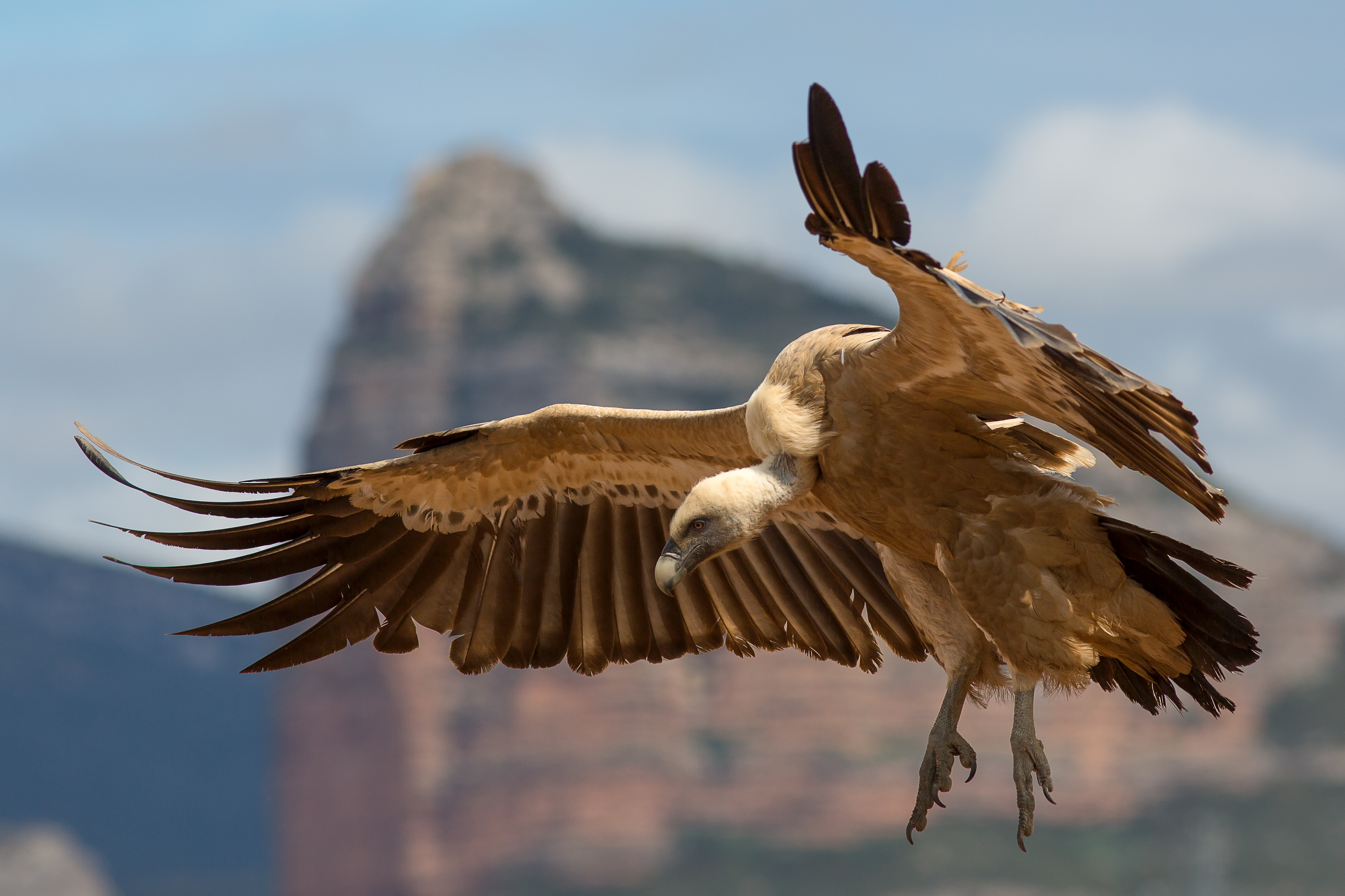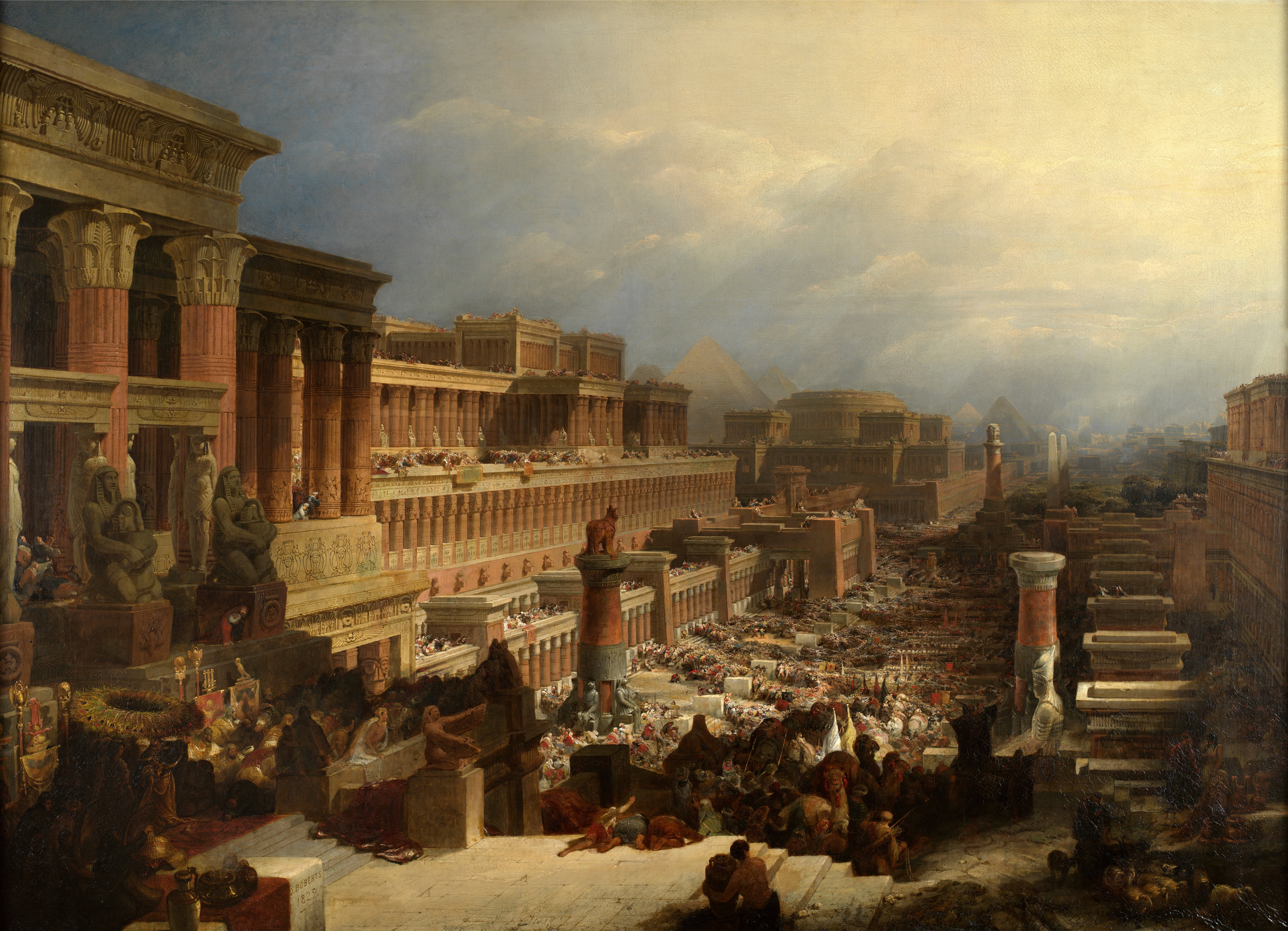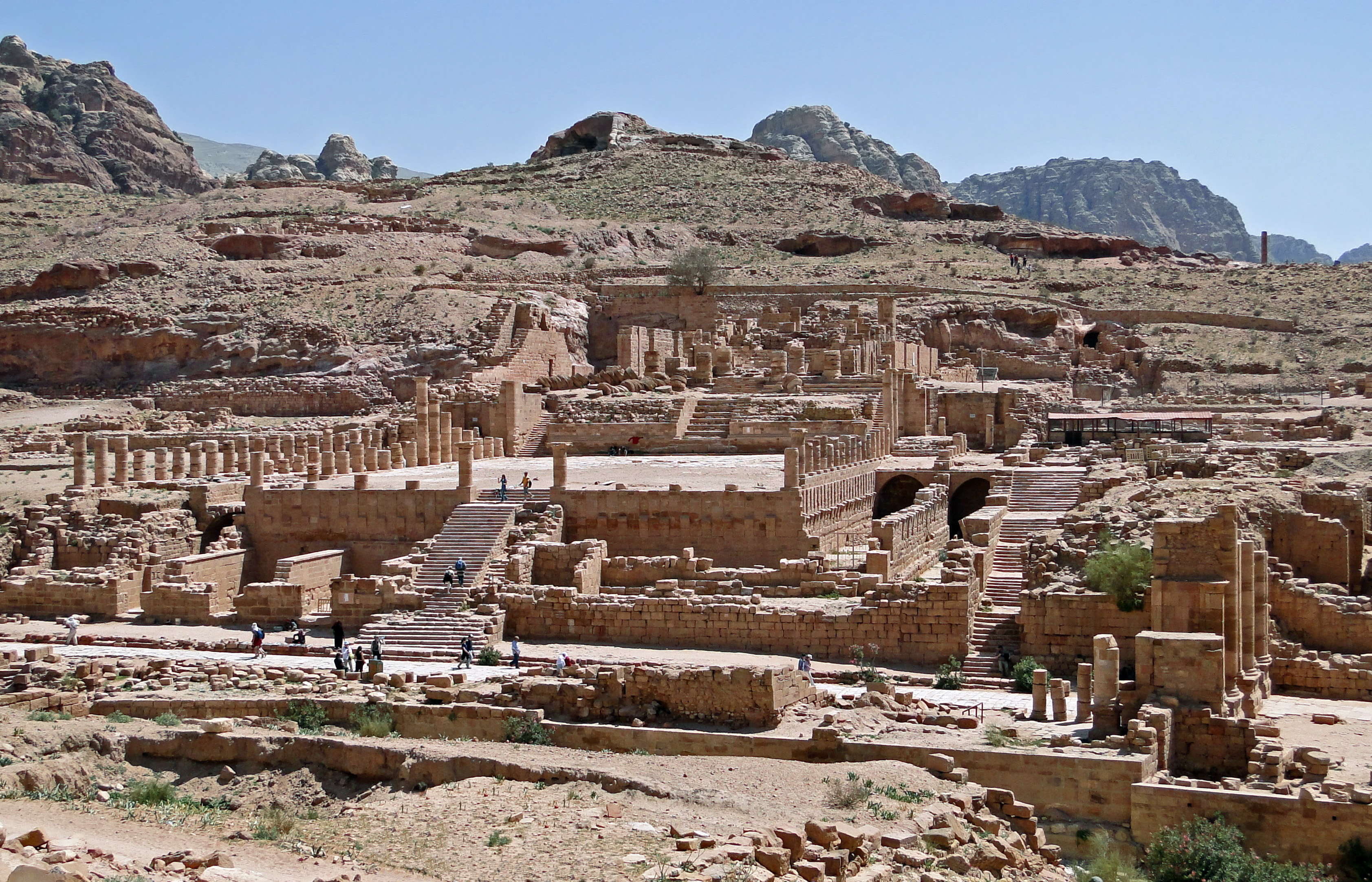|
Wilderness Of Sin
The wilderness of Sin or desert of Sin ( ''Mīḏbar Sīn'') is a geographic area mentioned in the Hebrew Bible as lying between Elim and Mount Sinai. ''Sin'' does not refer to the moral concept of "sin", but comes from the Hebrew word ''Sîn'', the Hebrew name for this region. The location the Bible refers to is unknown, as its determination relies heavily on the location of Mount Sinai. The traditional Christian Orthodox identification of Mount Sinai as Jabal Musa (one of the peaks at the southern tip of the Sinai Peninsula) would imply that the ''wilderness of Sin'' was probably the narrow plain of el-Markha, which stretches along the eastern shore of the Red Sea for several miles toward the promontory of Ras Mohammed; however, some scholars have since rejected these traditional identifications. Another identification among some modern scholars, of Sinai as al-Madhbah at Petra, would imply that the ''wilderness of Sin'' was roughly equatable with the central Arabah. The ''wil ... [...More Info...] [...Related Items...] OR: [Wikipedia] [Google] [Baidu] |
Hebrew Bible
The Hebrew Bible or Tanakh (;"Tanach" . '' Random House Webster's Unabridged Dictionary''. ; ; or ), also known in Hebrew as (; ), is the canonical collection of scriptures, comprising the Torah (the five Books of Moses), the Nevi'im (the Books of the Prophets), and the [...More Info...] [...Related Items...] OR: [Wikipedia] [Google] [Baidu] |
Israelites
Israelites were a Hebrew language, Hebrew-speaking ethnoreligious group, consisting of tribes that lived in Canaan during the Iron Age. Modern scholarship describes the Israelites as emerging from indigenous Canaanites, Canaanite populations and other peoples.Mark Smith in "The Early History of God: Yahweh and Other Deities of Ancient Israel" states "Despite the long regnant model that the Canaanites and Israelites were people of fundamentally different culture, archaeological data now casts doubt on this view. The material culture of the region exhibits numerous common points between Israelites and Canaanites in the Iron I period (c. 1200–1000 BCE). The record would suggest that the Israelite culture largely overlapped with and derived from Canaanite culture ... In short, Israelite culture was largely Canaanite in nature. Given the information available, one cannot maintain a radical cultural separation between Canaanites and Israelites for the Iron I period." (pp. ... [...More Info...] [...Related Items...] OR: [Wikipedia] [Google] [Baidu] |
Quail
Quail is a collective name for several genera of mid-sized birds generally placed in the order Galliformes. The collective noun for a group of quail is a flock, covey, or bevy. Old World quail are placed in the family Phasianidae, and New World quail are placed in the family Odontophoridae. The species of buttonquail are named for their superficial resemblance to quail, and form the family Turnicidae in the order Charadriiformes. The king quail, an Old World quail, often is sold in the pet trade, and within this trade is commonly, though mistakenly, referred to as a "button quail". Many of the common larger species are farm-raised for table food or egg consumption, and are hunted on game farms or in the wild, where they may be released to supplement the wild population, or extend into areas outside their natural range. In 2007, 40 million quail were produced in the United States. New World *Genus '' Callipepla'' ** Scaled quail, (commonly called blue quail) ''Callip ... [...More Info...] [...Related Items...] OR: [Wikipedia] [Google] [Baidu] |
Manna
Manna (, ; ), sometimes or archaically spelled Mahna or Mana, is described in the Bible and the Quran as an edible substance that God in Abrahamic religions, God bestowed upon the Israelites while they were wandering the desert during the 40-year period that followed the Exodus and preceded the Book of Joshua, conquest of Canaan. Description Biblical narrative In the Hebrew Bible, manna is described twice: once in Book of Exodus, Exodus 16:1–36 with the full narrative surrounding it, and once again in Book of Numbers, Numbers 11:1–9 as a part of a separate narrative. In the description in the Book of Exodus, manna is described as being "a fine, flake-like thing" like the Ground frost, frost on the ground.. It is described in the Book of Numbers as arriving with the dew during the night. Exodus adds that it had to be collected before it was melted by the heat of the Sun, and that it was like a coriander seed in size, but white in colour.. Numbers describes it as having the ... [...More Info...] [...Related Items...] OR: [Wikipedia] [Google] [Baidu] |
Yahweh
Yahweh was an Ancient Semitic religion, ancient Semitic deity of Weather god, weather and List of war deities, war in the History of the ancient Levant, ancient Levant, the national god of the kingdoms of Kingdom of Judah, Judah and Kingdom of Israel (Samaria), Israel, and the king of the gods, head of the Pantheon (religion), pantheon of the Polytheism, polytheistic Yahwism, Israelite religion. Although there is no clear consensus regarding the geographical origins of the deity, scholars generally hold that Yahweh was associated with Mount Seir, Seir, Edom, Desert of Paran, Paran, and Teman (Edom), Teman, and later with Canaan. The worship of the deity reaches back to at least the early Iron Age, and likely to the late Bronze Age, if not somewhat earlier. In the oldest Bible, biblical texts, Yahweh possesses attributes that were typically ascribed to deities of weather and war, fructifying the Land of Israel and leading a Heavenly host#Hebrew Bible, heavenly army against the ... [...More Info...] [...Related Items...] OR: [Wikipedia] [Google] [Baidu] |
Egypt
Egypt ( , ), officially the Arab Republic of Egypt, is a country spanning the Northeast Africa, northeast corner of Africa and Western Asia, southwest corner of Asia via the Sinai Peninsula. It is bordered by the Mediterranean Sea to northern coast of Egypt, the north, the Gaza Strip of Palestine and Israel to Egypt–Israel barrier, the northeast, the Red Sea to the east, Sudan to Egypt–Sudan border, the south, and Libya to Egypt–Libya border, the west; the Gulf of Aqaba in the northeast separates Egypt from Jordan and Saudi Arabia. Cairo is the capital, list of cities and towns in Egypt, largest city, and leading cultural center, while Alexandria is the second-largest city and an important hub of industry and tourism. With over 109 million inhabitants, Egypt is the List of African countries by population, third-most populous country in Africa and List of countries and dependencies by population, 15th-most populated in the world. Egypt has one of the longest histories o ... [...More Info...] [...Related Items...] OR: [Wikipedia] [Google] [Baidu] |
Zin Desert
250px, The Wilderness is in the south The Wilderness of Zin or the Desert of Zin (, ''Mīḏbar Ṣīn'') is a geographic term with two meanings, one biblical and one modern Israeli, which are not necessarily identical. Biblical deserts Desert of Zin The Desert of Zin is an area mentioned by the Torah as containing Kadesh-Barnea (; ), and it is therefore also referred to as the "Wilderness of Kadesh" (). Desert of Sin Similarly named is the Wilderness of Sin. Modern English translations make a distinction, but it is not easily evident from the Septuagint and the Vulgate which, apart from a couple of instances, render both Hebrew ''ṣīn'' and ''sîn'' as "Sin". The "Wilderness of Sin" is mentioned by the Bible as being adjacent to Mount Sinai; some consider Sinai to refer to al-Madhbah at Petra, adjacent to the central Arabah, and it is thus eminently possible that the "Wilderness of Sin" and the "Wilderness of Zin" are the same place. Identification As of 1899, most scholar ... [...More Info...] [...Related Items...] OR: [Wikipedia] [Google] [Baidu] |
The Exodus
The Exodus (Hebrew language, Hebrew: יציאת מצרים, ''Yəṣīʾat Mīṣrayīm'': ) is the Origin myth#Founding myth, founding myth of the Israelites whose narrative is spread over four of the five books of the Torah, Pentateuch (specifically, Book of Exodus, Exodus, Book of Leviticus, Leviticus, Book of Numbers, Numbers, and Book of Deuteronomy, Deuteronomy). The narrative of the Exodus describes a history of Egyptian bondage of the Israelites followed by their exodus from Egypt through a Crossing the Red Sea, passage in the Red Sea, in pursuit of the Promised Land under the leadership of Moses. The story of the Exodus is central in Judaism. It is recounted daily in List of Jewish prayers and blessings, Jewish prayers and celebrated in festivals such as Passover. Early Christians saw the Exodus as a typology (theology), typological prefiguration of Resurrection of Jesus, resurrection and Salvation in Christianity, salvation by Jesus. The Exodus is also recounted in the ... [...More Info...] [...Related Items...] OR: [Wikipedia] [Google] [Baidu] |
Arabah
The Arabah/Araba () or Aravah/Arava () is a loosely defined geographic area in the Negev Desert, south of the Dead Sea basin, which forms part of the border between Israel to the west and Jordan to the east. The old meaning, which was in use up to around the early 20th century, covered almost the entire length of what today is called the Jordan Rift Valley, running in a north–south orientation between the southern end of the Sea of Galilee and the northern tip of the Gulf of Aqaba of the Red Sea at Aqaba–Eilat. This included the Jordan River Valley between the Sea of Galilee and the Dead Sea, the Dead Sea itself, and what today is commonly called the Arava Valley. The contemporary use of the term is restricted to this southern section alone. Geography The Arabah is in length, from the Gulf of Aqaba to the southern shore of the Dead Sea. Topographically, the region is divided into three sections. From the Gulf of Aqaba northward, the land gradually rises over a distan ... [...More Info...] [...Related Items...] OR: [Wikipedia] [Google] [Baidu] |
Elim (Bible)
Elim (), according to the Hebrew Bible, was one of the places where the Israelites camped following the Exodus from Egypt. It is referred to in Exodus 15:27 and Numbers 33:9 as a place where "there were twelve wells of water and seventy date palms," and that the Israelites "camped there near the waters". From the information that can be gleaned from Exodus 15:23, 16:1, and Numbers 33:9-11, Elim is described as being between Mara and the Wilderness of Sin near the eastern shore of the Red Sea. It was possibly south of the Israelites' crossing point, and to the west of the Wilderness. Thus, Elim is generally thought to have been located in Wadi Gharandel, an oasis 100 km southeast of Suez. Professor Menashe Har-El of Tel Aviv University (1968) has proposed Elim to be the ʿUyūn Mūsa "springs of Moses", now in South Sinai Governorate, Egypt. He noted that in 1907, the geologist Thomas Barron had observed that twelve springs existed at this site along with date palms. Professor ... [...More Info...] [...Related Items...] OR: [Wikipedia] [Google] [Baidu] |
Petra
Petra (; "Rock"), originally known to its inhabitants as Raqmu (Nabataean Aramaic, Nabataean: or , *''Raqēmō''), is an ancient city and archaeological site in southern Jordan. Famous for its rock-cut architecture and water conduit systems, Petra is also called the "Rose City" because of the colour of the sandstone from which it is carved. The city is one of the New 7 Wonders of the World and a UNESCO World Heritage Site. The area around Petra has been inhabited from as early as 7000 BC, and was settled by the Nabataeans, a nomadic Arab people, in the 4th century BC. Petra would later become the capital city of the Nabataean Kingdom in the second century BC. The Nabataeans invested in Petra's proximity to the incense trade routes by establishing it as a major regional trading hub, which gained them considerable revenue. Unlike their enemies, the Nabataeans were accustomed to living in the barren deserts and thus were able to defend their kingdom. They were particularly sk ... [...More Info...] [...Related Items...] OR: [Wikipedia] [Google] [Baidu] |
Al-Madhbah
Jebel al-Madhbah (, ', ''lit.'' "mountain of the altar") is a mountain at Petra, Jordan, at whose peak there is a large Nabataean ritual site centered around an altar. Description The mountain is c. high. The name, which translates to "mountain of the altar", is well deserved since its summit is covered in rock-cut ceremonial structures reached by a rock-cut staircase. The French Middle East historian Maurice Sartre (b. 1944) noted that beneath the peak there are "two gigantic obelisks, carved out of the rocky mass, hichappear as sacred stones", and the ritual complex at the very top "consists of a vast rectangular esplanade hollowed out in such a way that the sides formed benches; in the middle of one long side, a natural podium (''motab'') was set aside for placing the gods' sacred stones. Another section was reserved for the altar. Cisterns, fed by rainwater, were used for ablutions and cleaning." Mount Sinai theory A number of scholars have proposed Jebel al-Madhbah as the B ... [...More Info...] [...Related Items...] OR: [Wikipedia] [Google] [Baidu] |






